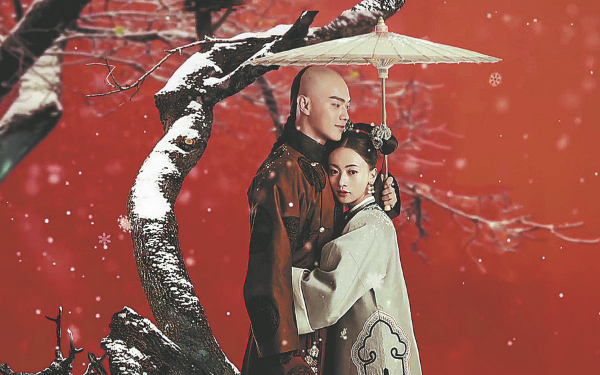A culture of color


When it comes to color, our first reaction is mostly the seven-tone spectrum of the rainbow. Color has a particularly important and prominent role in China in both the language and aesthetics. Some rarely used Chinese characters are assigned a specific color, and these figurative prototypes have developed into poetic images with the changing of the times.
Incorporating Chinese colors and their cultural essence into the campus is what educators at Yunjin Primary School in Southwest China's Chongqi municipality believe a first step toward reviving the traditional aesthetic consciousness-using Chinese colors and patterns to ingeniously design their school logo and build up cultural meaning.
The school has designated "wisdom purple", a specially designed shade of the module selected from Yun brocade, a traditional silk technique that boasts a nuance of 27 colors. Banners and logos based on the color are seen everywhere on campus, and even the school public WeChat account and PowerPoint templates take advantage of these symbols to strengthen the sense of belonging among faculty and students.
Wu Min, associate of the project at Dett Design based in Chongqing, says these colors are the precipitation and quintessence of Chinese culture, as well as the best educational resource for cultivating aesthetic qualities and cultural self-confidence.
"For example, xiang lu zi yan, translated literally into English as incense burner purple smoke, would lose most of its poetic conjecture in the translation," Wu says.
"But if a child is brought up in a Chinese context, they would know perfectly well that the four-word abbreviation comes from a famous quote, 'In sunshine censer peak breathes purple vapor'. Here the purple color is cleverly used with poetic words to 'speak' the concrete and 'paint' an image," Wu says.
In a Japanese elementary school not far from Odaiba, Tokyo, traditional colors and allusions are used to decorate the corridor walls. "Amur cork tree", "golden tea", "Edo purple"-each wall presents elegant traditional colors in turn, supplemented by fonts to introduce their origins.
"How can children not cherish and love the traditional colors and aesthetic traditions of their country?" says scholar Guo Hao after a visit to the school. Guo also wrote the book Traditional Chinese Colors.





































